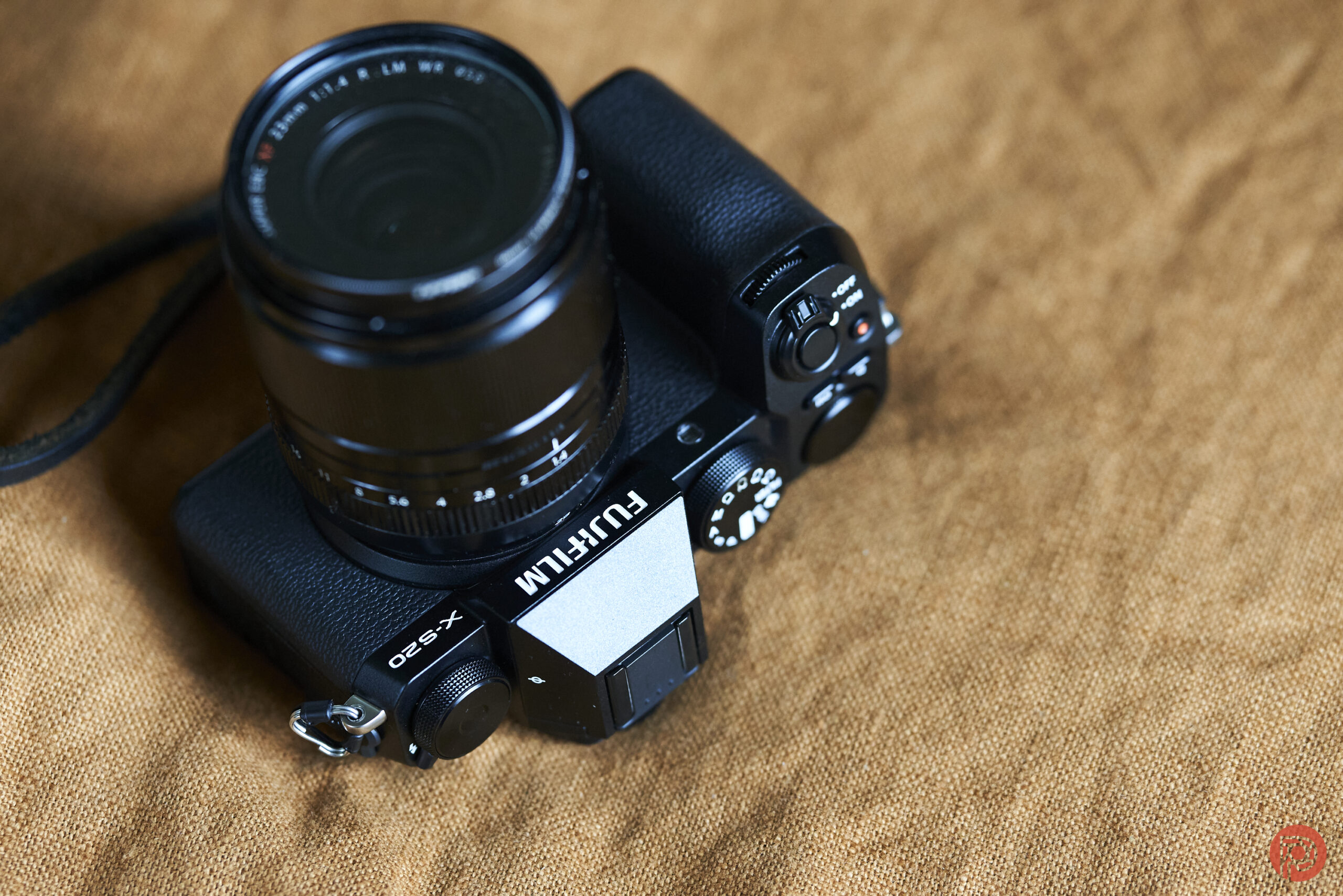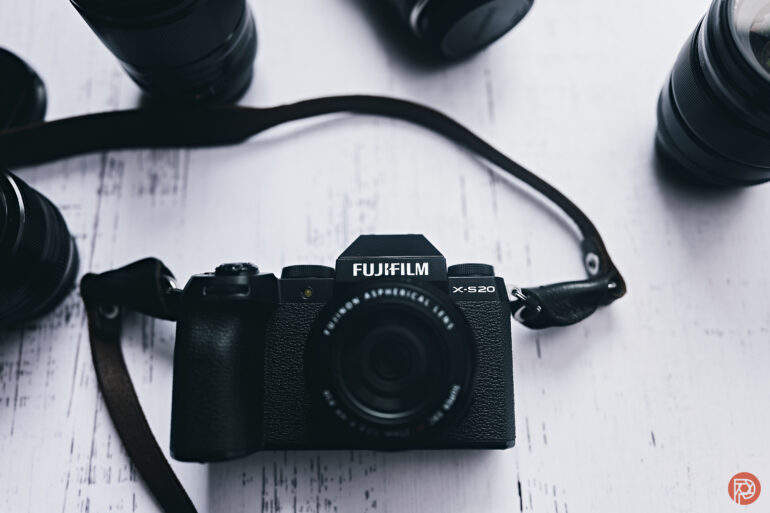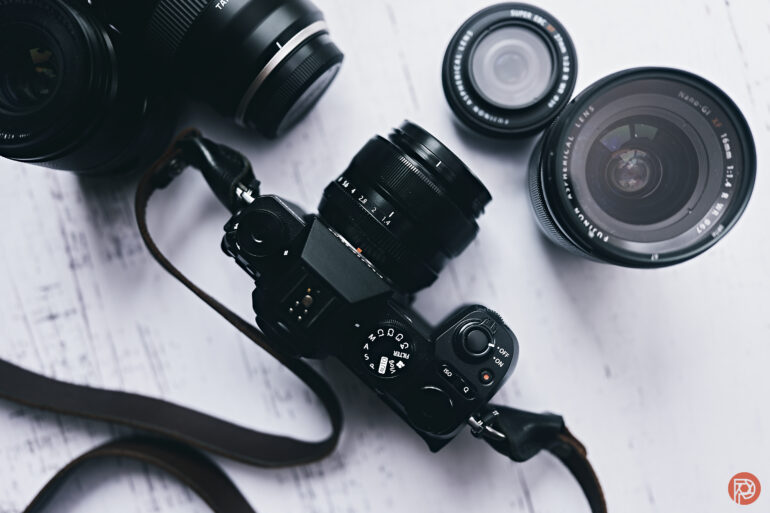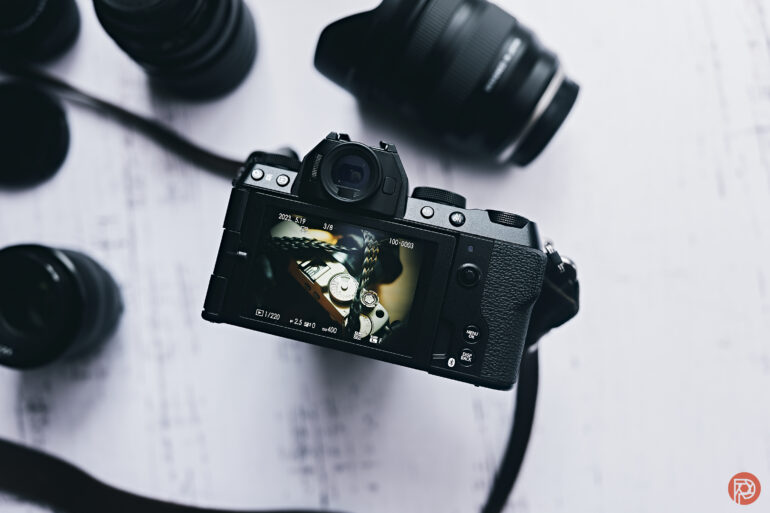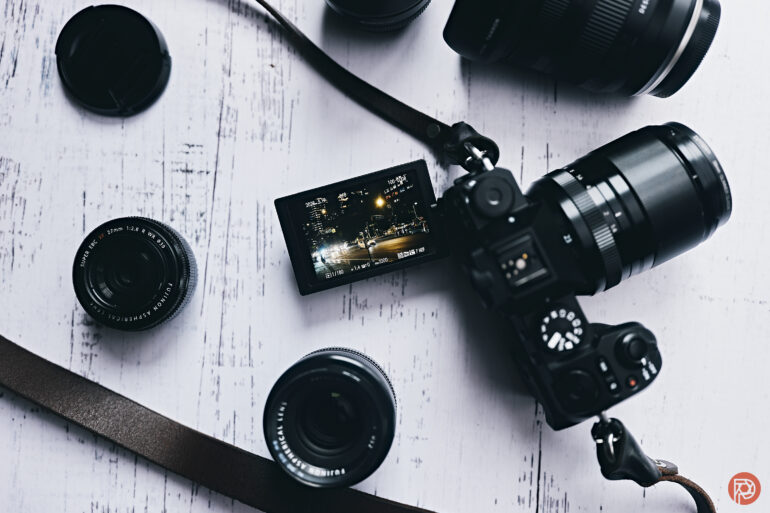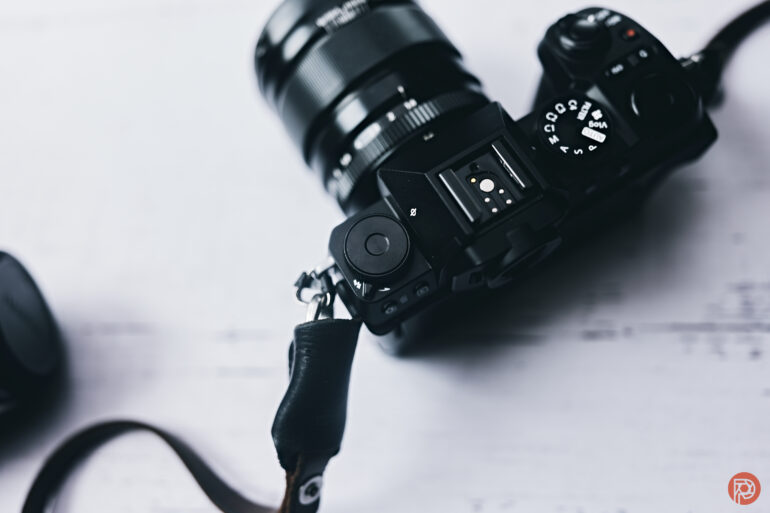The Fujifilm XS20 is a camera that bores me. In fact, I’m inclined to say that this is the most boring Fujifilm camera the company has put out in years. It doesn’t do anything innovative except for bringing a vlog mode to the camera. And for photographers, we’ll do nothing else but roll our eyes. Even when a friend of mine asked about a recommendation for a camera, it met their price point. But it didn’t meet the feature set. One of the biggest features missing from this camera is weather resistance. And more importantly, it also doesn’t even really feel like a Fuji camera.
The Phoblographer may receive affiliate compensation for products purchased using links in this blog post.
Table of Contents
The Big Picture
If you’re a vlogger, then the Fujifilm XS20 might give you something you care about with its vlog mode. But even so, I yearn for a Fujifilm video camera with Bolex style ergonomics. A camera with a body primarily designed for stills shouldn’t be used for video and we shouldn’t be having to use a ton of extra additions for them either. Instead, the camera body should be more than good enough for shooting video itself. So, too, should the lenses.
With all this aside, the XS20 does nothing for photographers that they can’t get with another camera. Yes, it has scene recognition for animals and stuff. But Fujifilm makes it so difficult to access that you shouldn’t even bother.
It’s also greatly missing out on the retro ergonomics that make Fujifilm’s cameras so iconic. You might want to call it a baby Fujifilm XH2s. But in reality, it’s just a more difficult version of the camera to use at a more affordable price. The XH2s is a very capable camera and gives you all that control where it counts via buttons and such. But the Fujifilm XS20 doesn’t quite do that at all.
We’re giving the Fujifilm XS20 two out of five stars. Skip this one. Fujifilm is a billion-dollar company, and they can find a way to give their long-time customers much more.
Pros
- Feels alright in the hand
- New vlog mode
- Affordable
- It can surely make great photos
- I love that they gave this a pop-up flash.
Cons
- No weather resistance
- Autofocus is still behind every other brand in the industry
- Viewfinder isn’t all that great if you wear glasses
- It truly annoys me that this camera doesn’t have a fully functional touchscreen
- Fujifilm continues to not integrate their X series cameras well with their Instax printers and we don’t understand why.
Gear Used
We tested the Fujifilm XS20 with the Fujifilm 35mm f1.4 R, 23mm f1.4 R WR, 16mm f1.4 R WR, and the Fujifilm 27mm f2.8 R WR lens. We, at times, also used Tiffen Glimmer Glass.
Innovations
The XS20 doesn’t necessarily do anything innovative except for the fact that it has a Vlog mode on the mode dial. That’s truly it.
Ergonomics
Taken from our first impressions:
Here’s a look at the Fujifilm XS20. As you can see, there are no controls on the front of the camera. But there is a big, chunky grip if you’re into that kind of thing.
Turn to the top of the camera and you’ll spot various controls. Here you’ll see the new vlog mode on the dial as well as a filter mode like its predecessor. The camera also has the ISO button, quick menu button, record button, and controls up top.
On the back of the Fujifilm XS20, you’ll find the big LCD screen, joystick, and a few buttons to help you accomplish what you want. You can also use gesture swipes on the touchscreen to access more controls.
The LCD screen tilts out and swivels.
Also on the side, you can spot another dial in addition to a pop-up flash control. By default, this dial is set to film simulation control. But it would’ve been incredible to give it control to select the various subject detection options. Even if you try to wire it via custom settings, you’ll see that it’s impossible.
Build Quality
The XS20 feels alright in the hand. But more specifically, it doesn’t feel like a Fujifilm camera. Instead, it feels like Fujifilm is trying to go after the Sony a7 series of cameras with an APS-C sensor and a few dedicated buttons. With that said, Sony cameras feel like a camera version of a PlayStation. To that end, the Fuji XS20 really doesn’t feel like a Fuji cam. I’m aware that the brand has tried branching out and going after new audiences with the XH series. However, they quickly forget how much their X100V and other cameras along the lines of the retro bodies go for when sold on the 2nd hand market.
Fujifilm really needs to stick to the retro game here. That’s not to say that bigger grips can’t be used or made. I mean, look at the Pentax 67 series of cameras. They’re big, retro, and wonderful.
On top of all this, the XS20 isn’t weather resistant. That’s a huge problem for us not only because of the rain but also because of the bigger issue – dust. Your sensor is bound to get dirty at some point. But when we used Fujifilm and Tamron weather-resistant lenses, we didn’t have that problem. Other brands might be a whole other issue.
Ease of Use
If you’re a Fujifilm user, the XS20 will be really easy to get along with. With that said, you’ll get all the weird quirks of Fujifilm cameras – like the company’s persistent lack of adding in a fully capable touch screen. Navigating the menu would be significantly faster if they just did this.
Another problem: the brand continues to not integrate its own cameras with the Instax printers. We’re not sure why.
I’m talking about a lot of bad stuff here. But as far as using the camera goes to simply take a photo, it’s easy to do. That’s a standard for the industry, though. The dedicated ISO button and the programmable dials are also a nice touch. What’s even nicer is the addition of a pop-up flash.
Focusing
Fujifilm cameras like the XS20 are best used in AF-S mode. AF-C mode is all sorts of messy. And more importantly, Fujifilm makes Scene detection really tough to do. I really wish that they allowed the programmable dial on the top left of the viewfinder let you cycle through the types of scene-focusing modes. However, Fujifilm continues to make you need to dive into the menus to do this.
The best-focusing performance with this camera comes when you turn off the exposure preview mode. Overall though, the autofocus on this camera won’t win you any awards.
Metering
If you’re using this camera for street photography, the metering works more or less perfectly with Sunny 16 metering methods, give or take 1/3rd of a stop. However, because of the way the sensor works, we’d probably recommend giving the sensor a bit less light. It absorbs a lot of light, for what it’s worth.
Image Quality
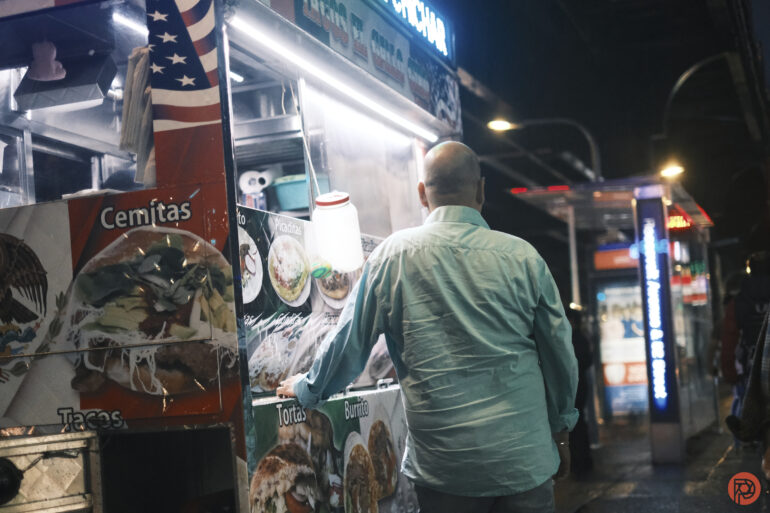
Something really worthy of noting is that Fujifilm’s image quality is always beautiful. It’s hard to take a bad picture, to be frank.




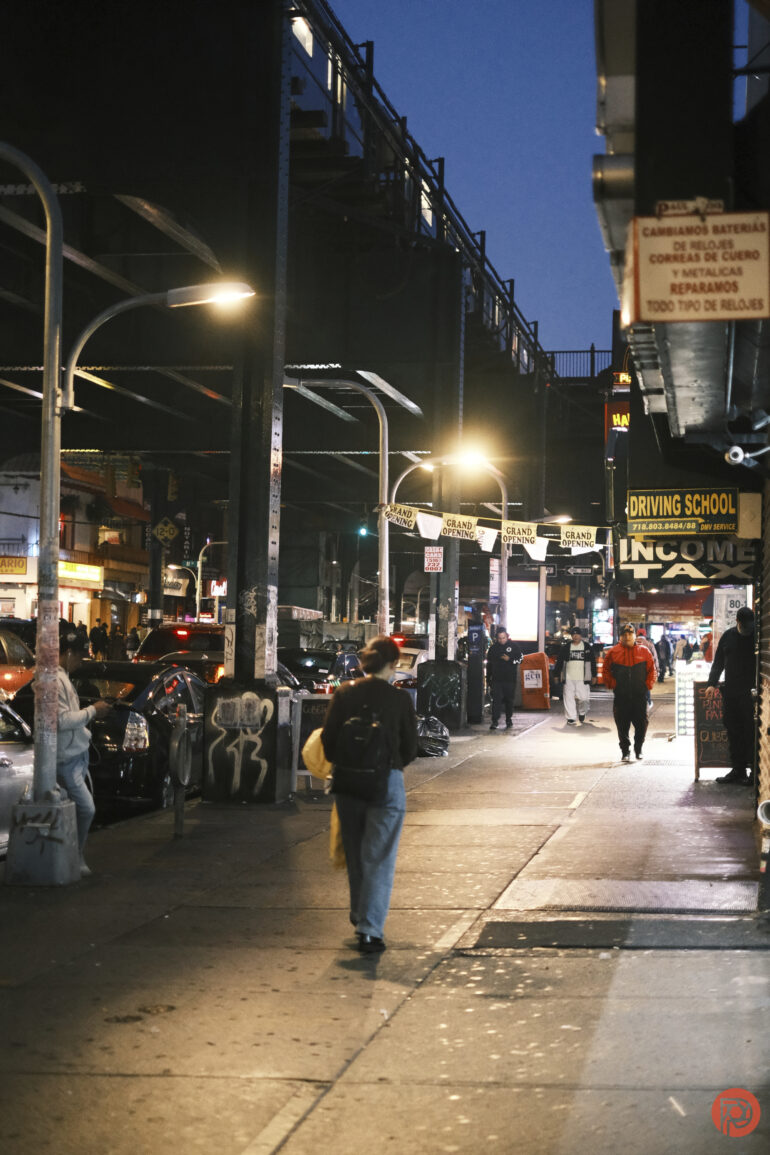


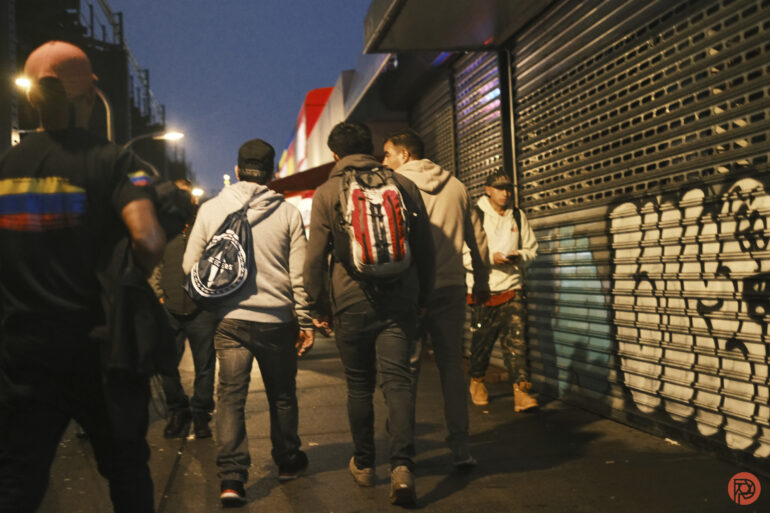
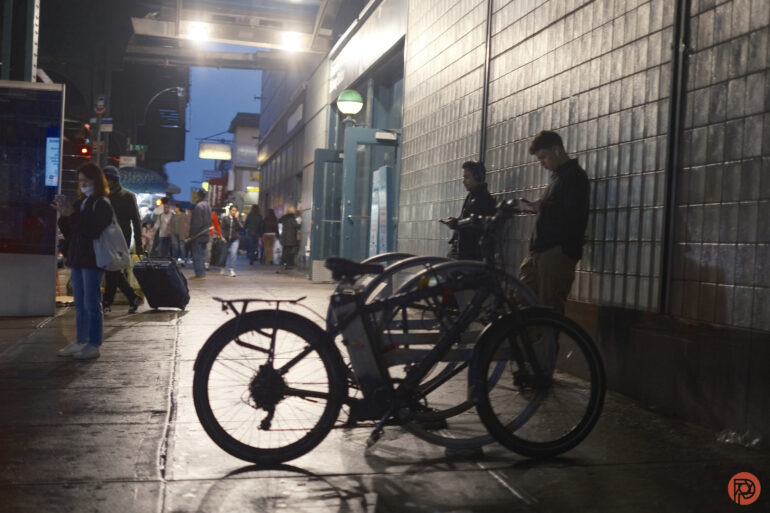



JPEG Output
Perhaps what most excited me about the Fujifilm XS20 is the JPEG output. It’s nice. And more than anything else, this is also the best variant of Fujifilm’s Velvia film simulation that I’ve seen thus far.
High ISO Output
The Fujifilm XS20 has the same sensor as the Fujifilm XH2s, more or less. So we recommend checking out that review for more information. The high ISO output is good. But it surely could be better. What’s saving Fujifilm here is the sensor output.
RAW File Versatility
There isn’t much to be expected here with dynamic range or color output. Fujifilm’s sensors have always been very capable in this way. And whatever a photographer might want or need to shoot within reason can be fixed or saved. The XS20 is no exception when you’re using Capture One.
Image Samples
From day one, The Phoblographer has been huge on transparency with our audience. Nothing from this review is sponsored. Further, lots of folks will post reviews and show lots of editing in the photos. The problem then becomes that anyone and everyone can do the same thing. They’re not showing what the lens can do. So we have a section in our Extra Image Samples area to show edited and unedited photos. From this, you can make a decision for yourself.
Unedited
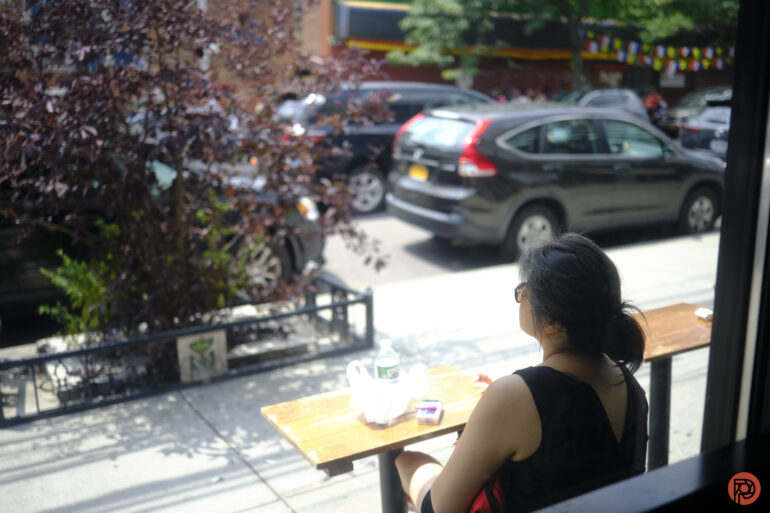


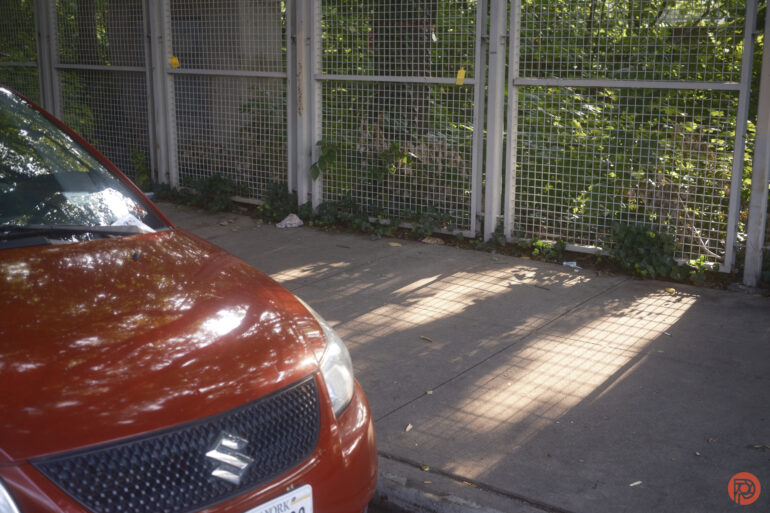

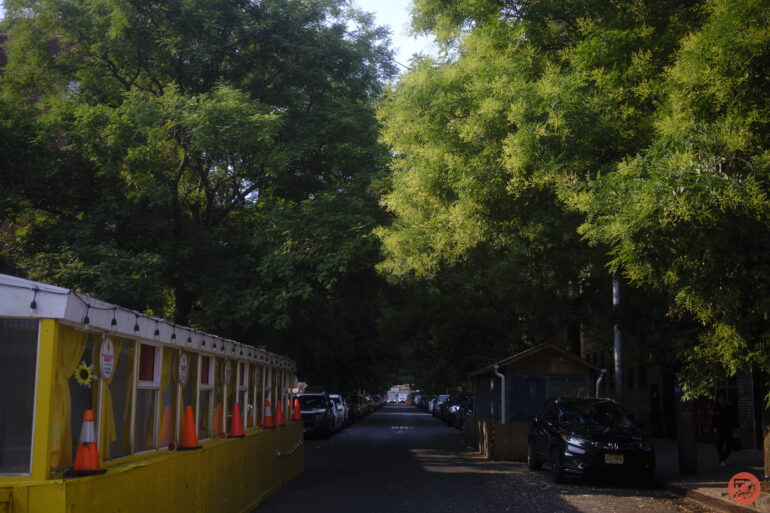
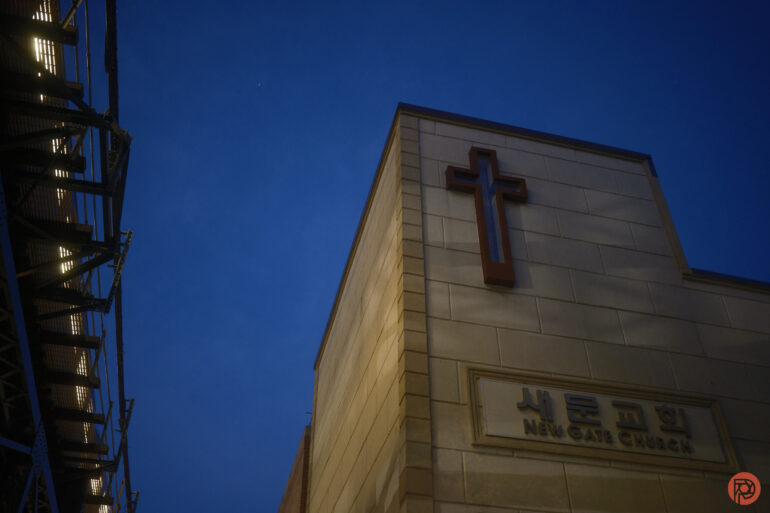




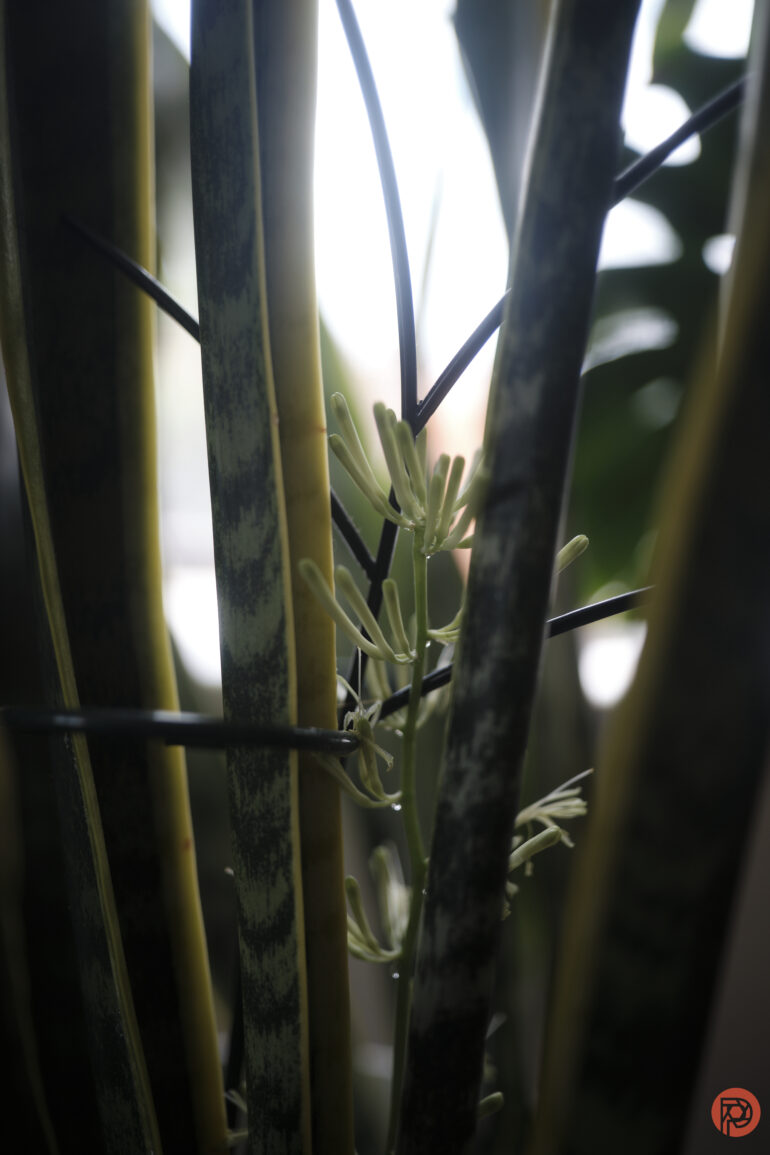

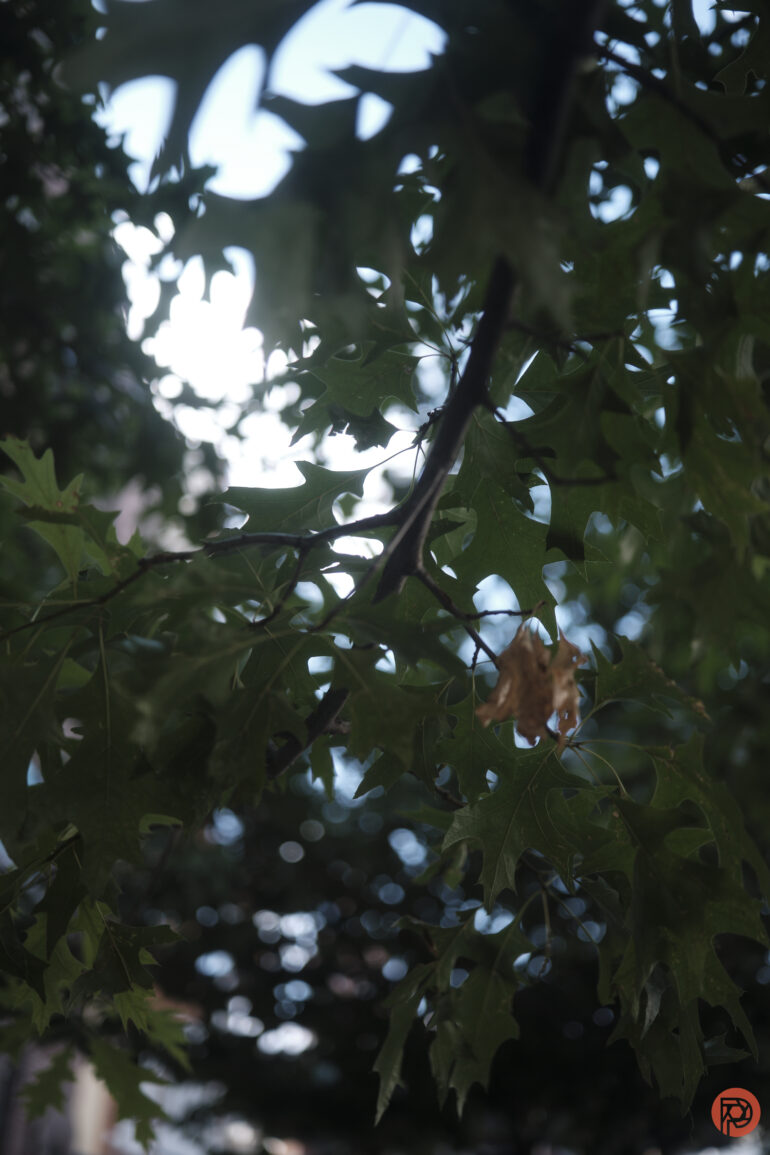
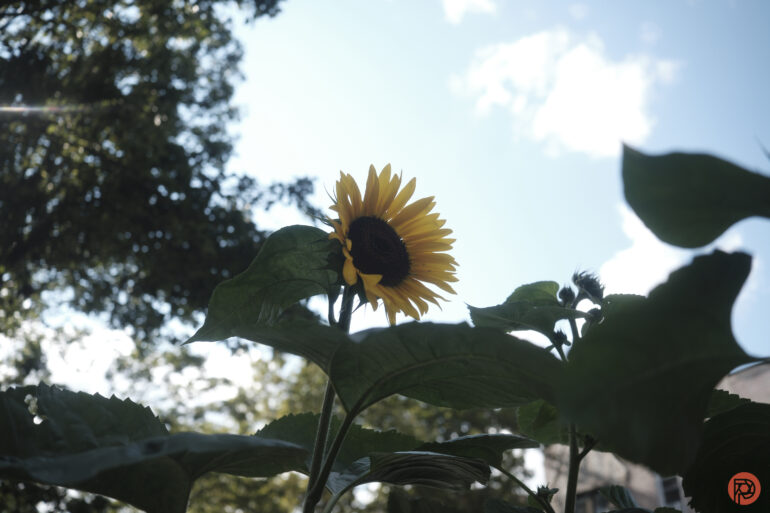


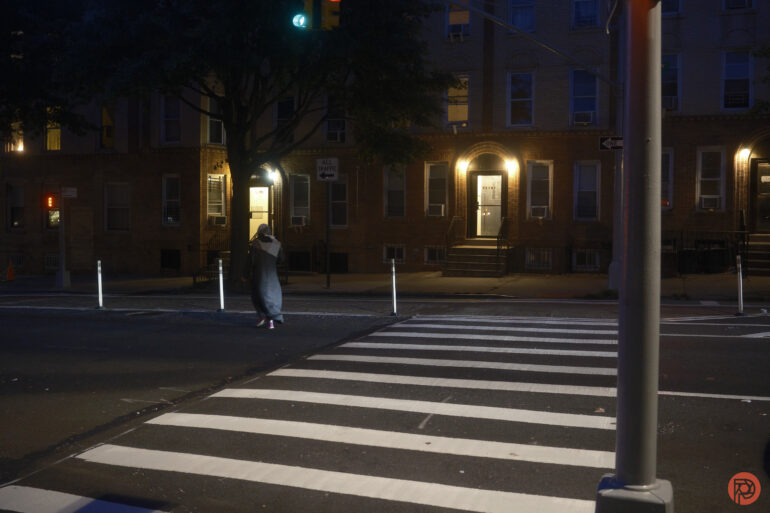
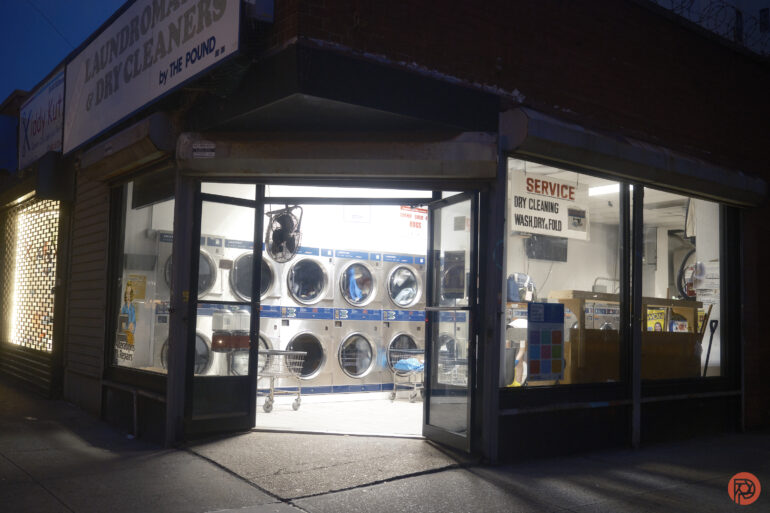

Edited


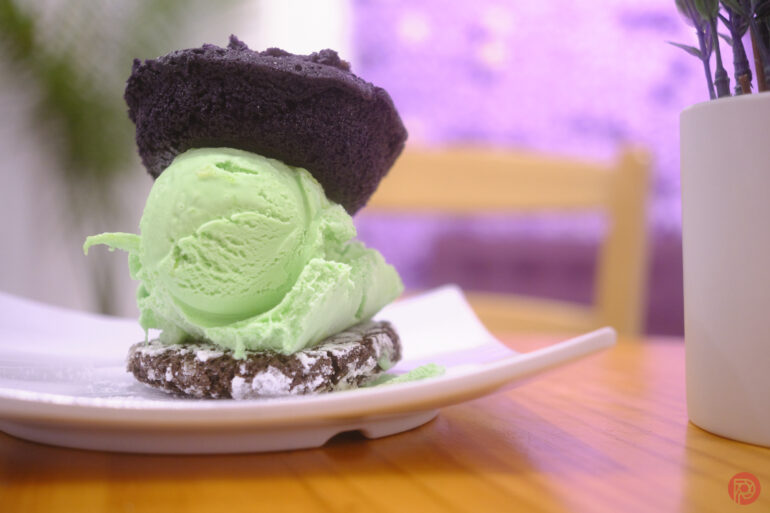
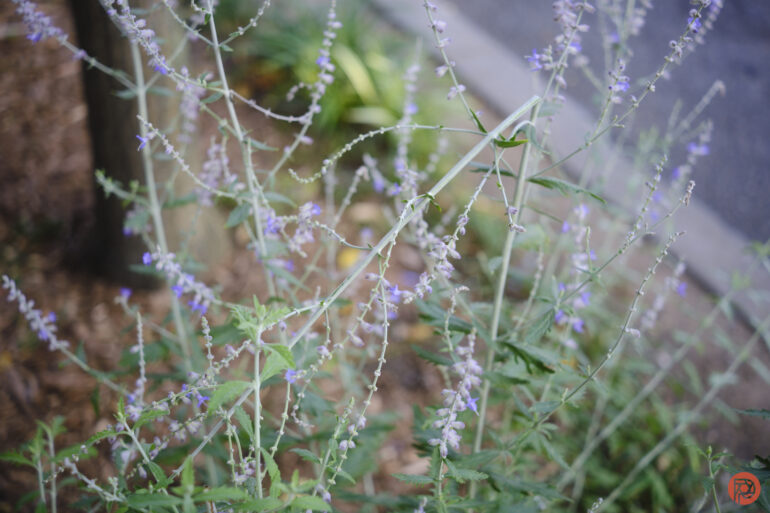

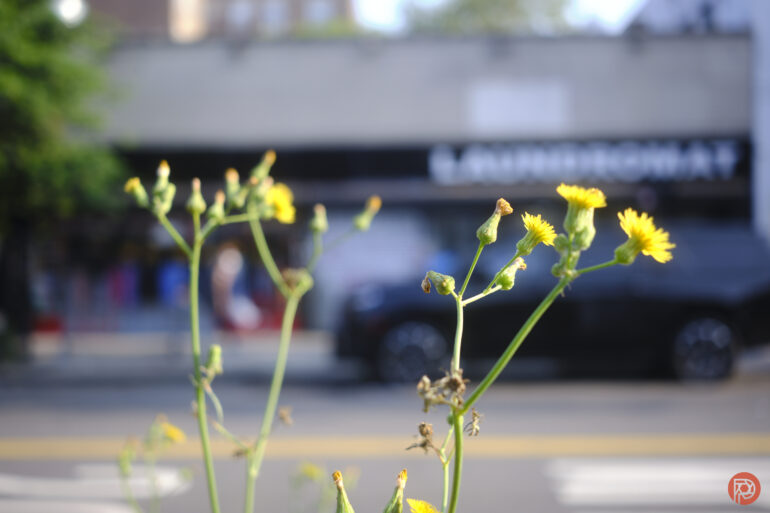
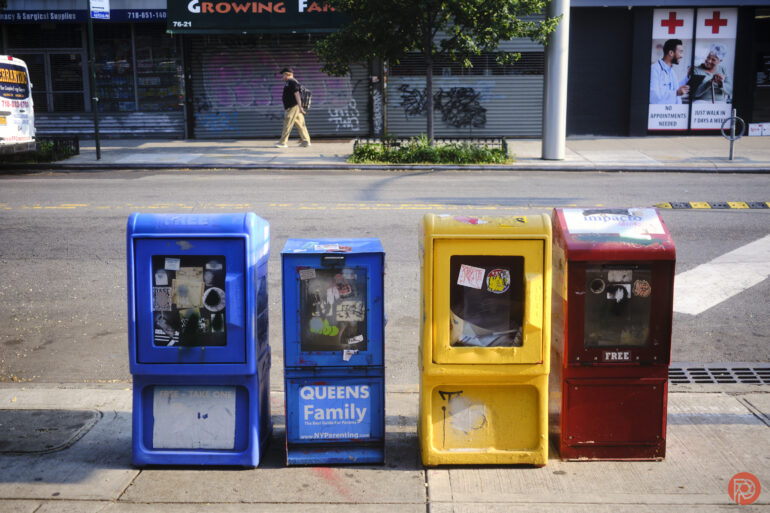
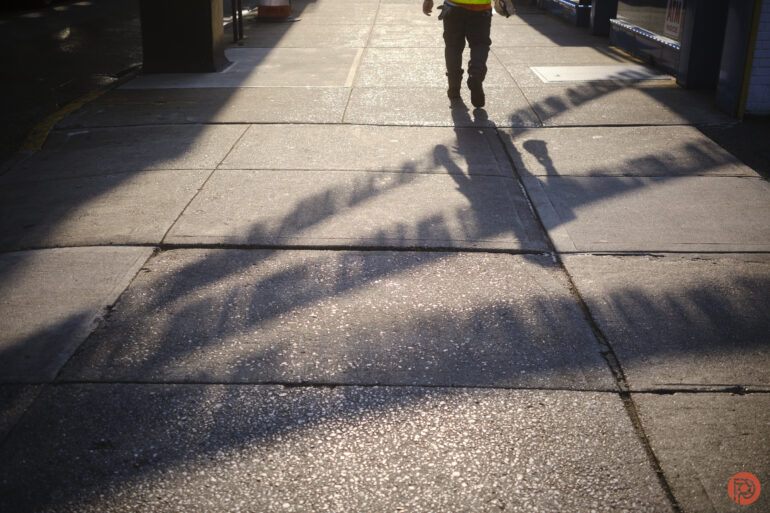
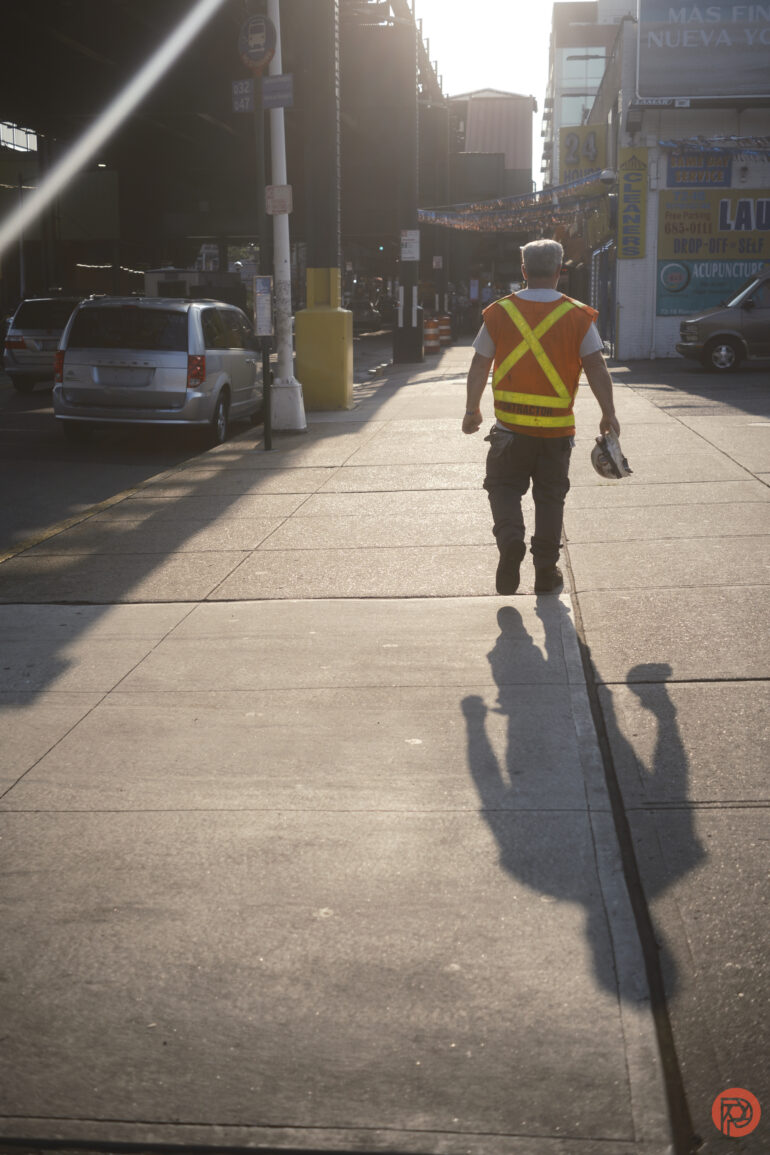



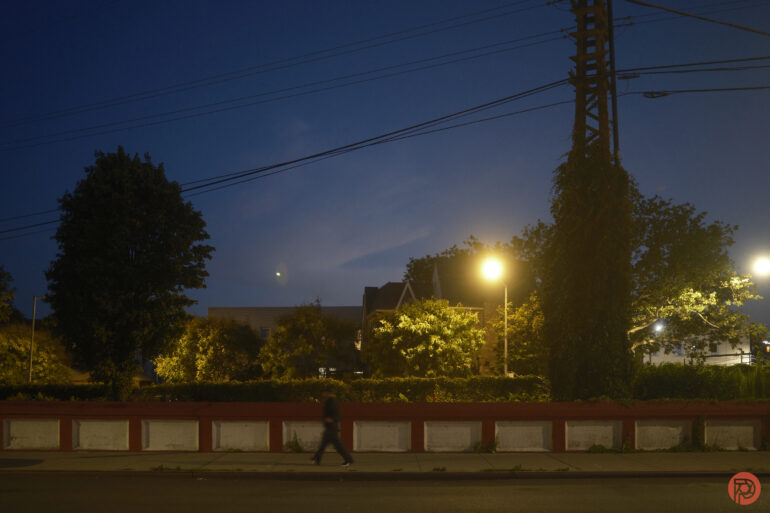

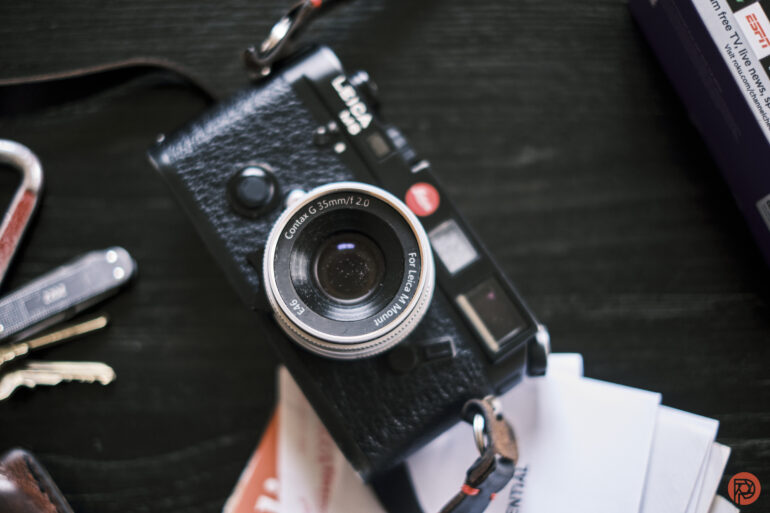


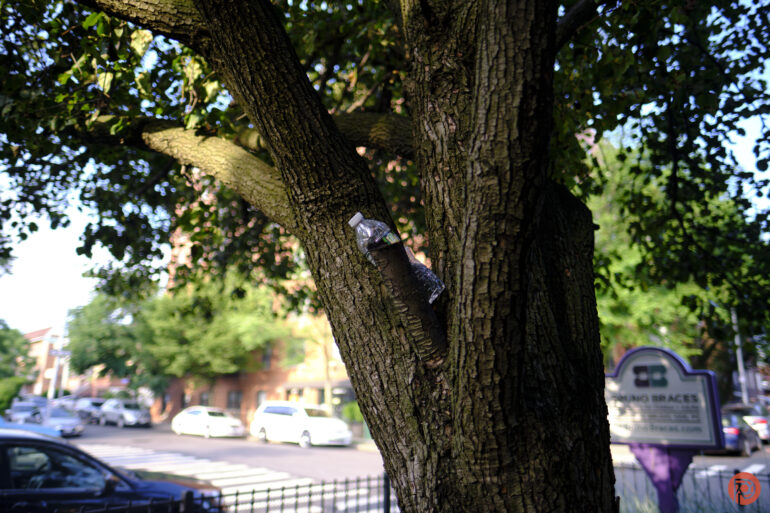

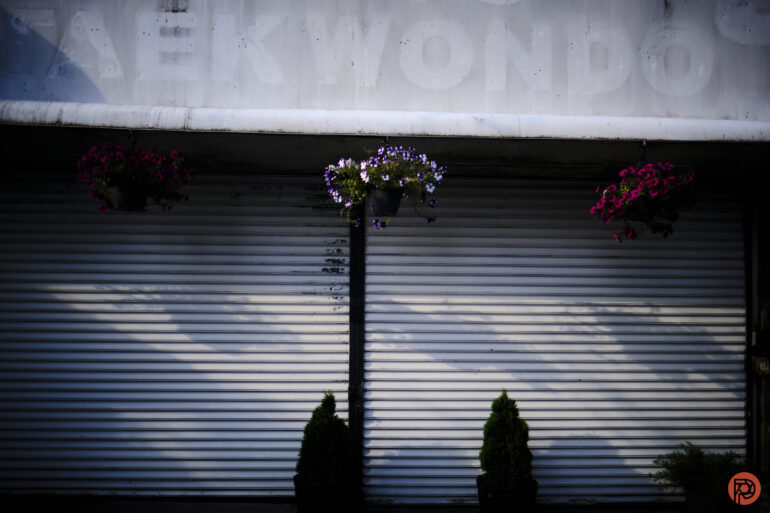
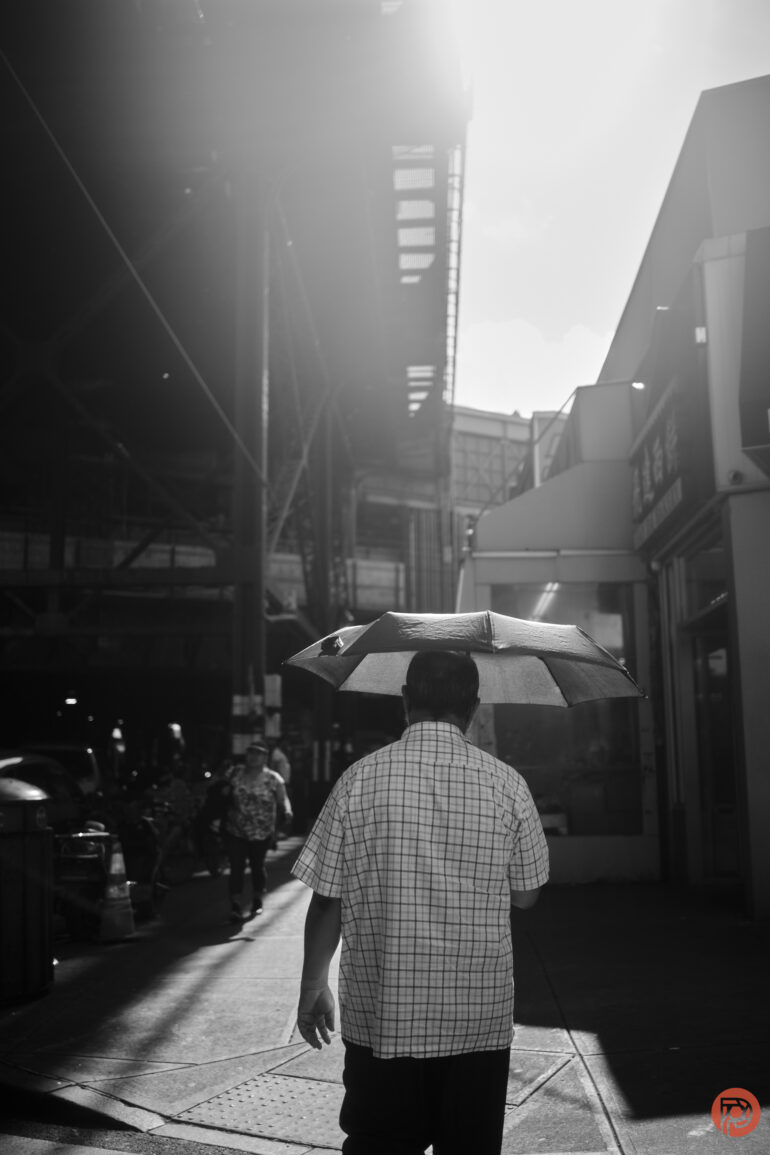

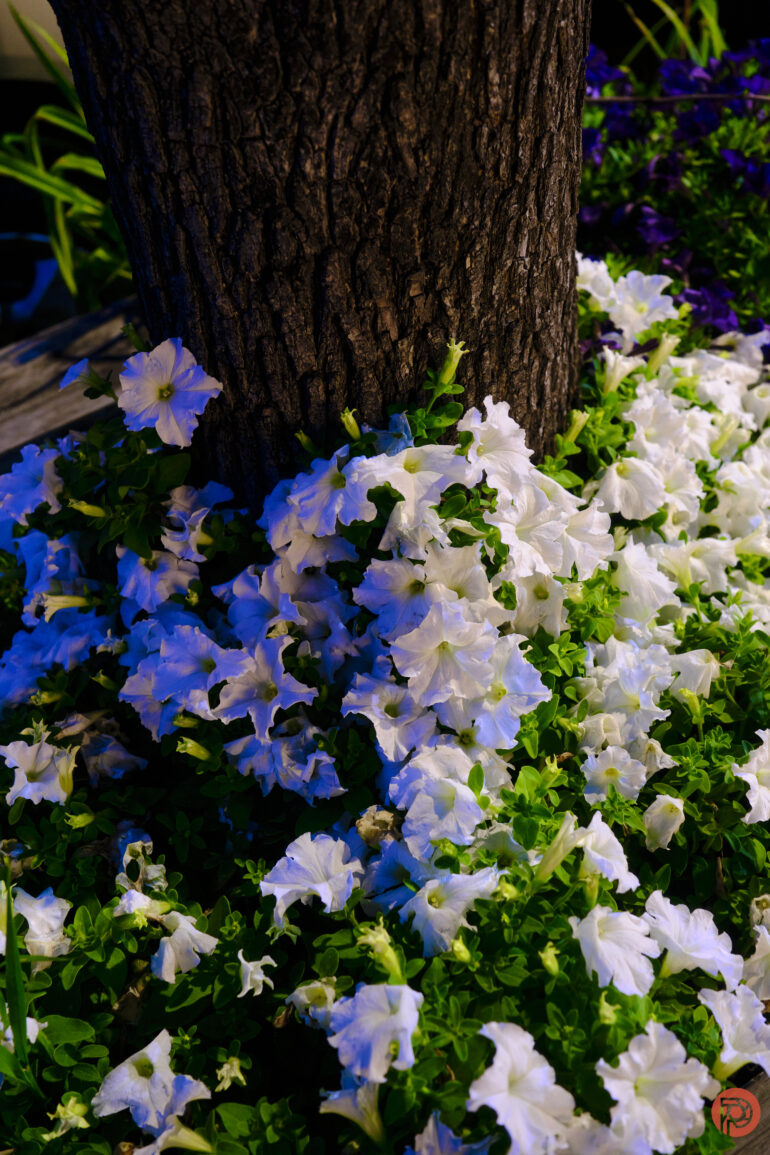
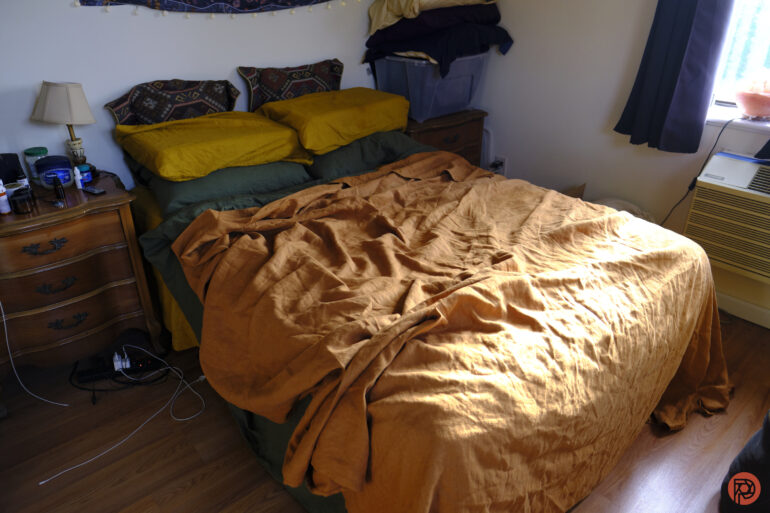
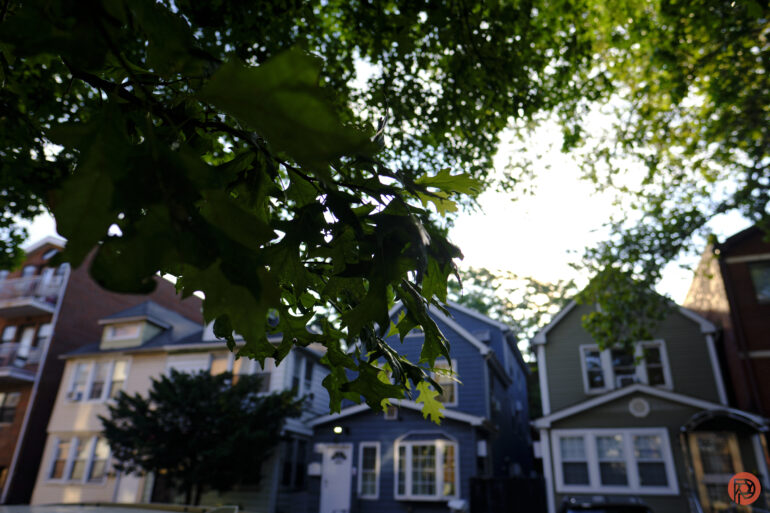


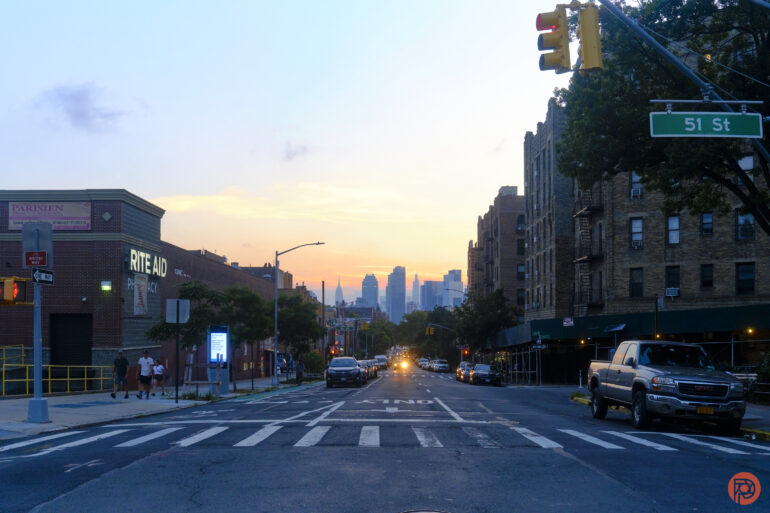
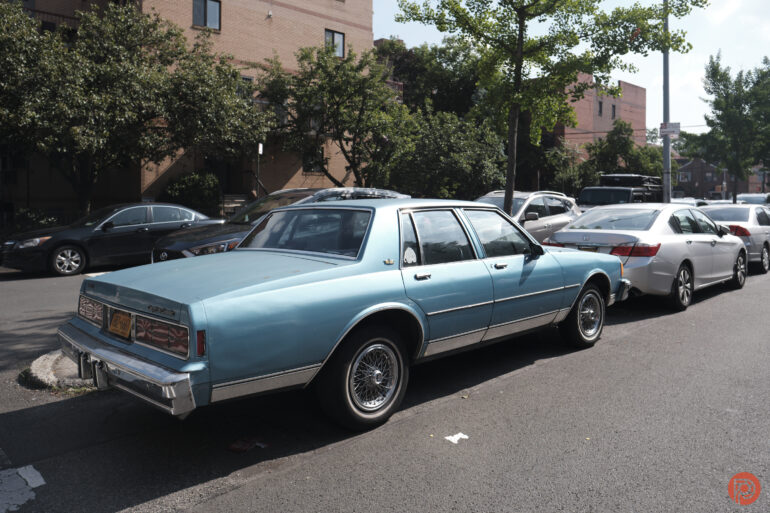
Who Should Buy It?
Truly, no one should buy this thing. For a few hundred bucks more, you can get the XT5 with retro ergonomics, weather resistance, etc. For a bit more than that, you can get the XH2 instead.
Tech Specs
Taken from our first impressions:
- No weather sealing
- New vlog mode with better touch screen capabilities
- Single card slot
- Folding and swivel LCD screen
- It has a joystick
- All the AI scene detection of Fujifilm’s newer cameras.
- Claims of 7 stops of IBIS
- 26MP X Trans APS-C 4th generation sensor, so it’s not the newest one
- 5th generation processor, which is working in tendem with the older sensor.
- Body is $1,299. 18-55mm kit is $1,599
- Claims of significantly improving the autofocus
- Insect and drone detection was added
- Film simulation Auto mode
- 2.36 million dot EVF with a 100 fps refresh rate
